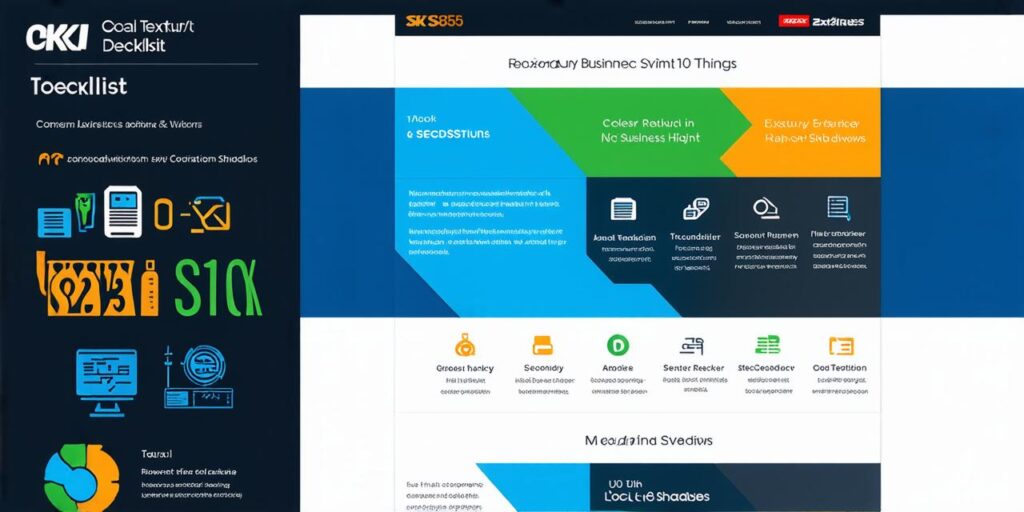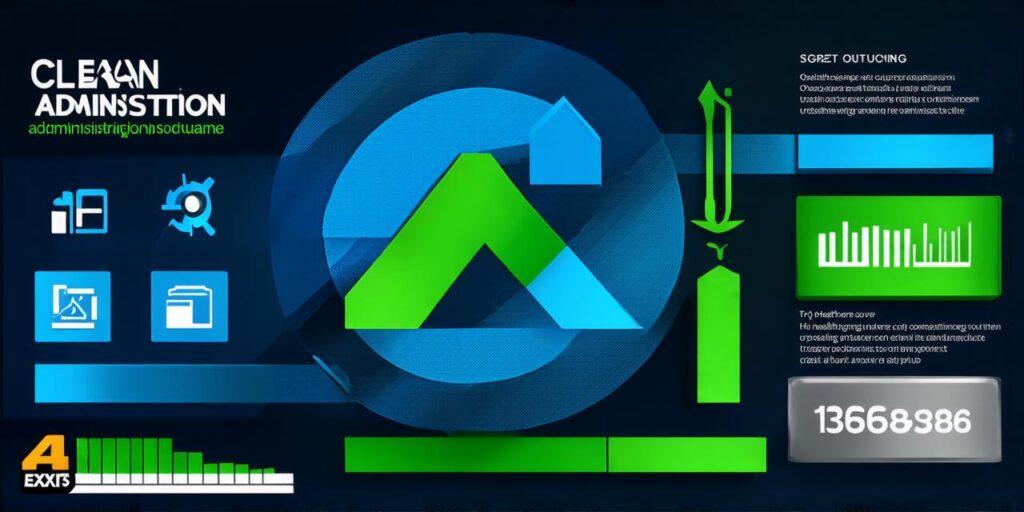

If you are a development company looking to attract more customers, you need to optimize your website for local search. According to Google’s study on consumer behavior, 82% of consumers trust online reviews as much as personal recommendations. Furthermore, 72% of consumers prefer to shop locally, and local SEO can help you reach them more effectively. In this article, we will explore the top 10 things that development companies should consider for successful local SEO.
1. Claim Your Google My Business Profile
The first step towards successful local SEO is claiming your Google My Business (GMB) profile. GMB is a free tool provided by Google to manage and optimize your business’s online presence across Google, including search and maps. By creating a GMB profile, you can provide essential information about your business, such as your address, phone number, hours of operation, website URL, photos, and reviews.
To claim your GMB profile, go to google.com/business and enter the name and address of your business. You will need to verify your ownership of the business by receiving a postcard from Google or by adding your business to your Google Account. Once you have claimed your profile, you can start optimizing it for local search by adding accurate and relevant information.
2. Use Keywords in Your Business Name and Descriptions
Keywords are essential elements of any SEO strategy, and they also play a crucial role in local SEO. When choosing keywords, it’s important to focus on long-tail keywords that are specific to your industry and location. For example, if you own a development company in San Francisco, your keywords might include “San Francisco web development,” “web development in the Bay Area,” or “mobile app development in San Francisco.”
Include these keywords in your GMB profile’s business name and description. Make sure that your keywords are relevant, accurate, and unique to your business. Avoid using generic or broad keywords that don’t help you stand out from the competition.
3. Optimize Your Website for Local Search
Your website is an essential part of your local SEO strategy. Ensure that your website is optimized for local search by including your location in key places, such as:
- URLs: Include your city or state name in your URLs, for example,
www.yourwebsite.com/san-franciscoorwww.yourwebsite.com/california - Header Tags: Use header tags (H1, H2, etc.) to include your location in the title and meta description of each page.
- Footer: Include your business address, phone number, and opening hours in the footer of your website.
Additionally, make sure that your website’s content is relevant and useful to local users. Write about topics that are relevant to your area and include location-based keywords in your content. This will help search engines understand what your website is about and where it belongs in local search results.
4. Encourage and Respond to Reviews
Reviews play a crucial role in local SEO, as they provide social proof and demonstrate your business’s credibility and trustworthiness. Encourage your customers to leave reviews by including a call-to-action on your website or in your email marketing campaigns.
Responding to reviews is also important. Respond to both positive and negative reviews promptly, professionally, and transparently. This will show that you value customer feedback and are committed to providing excellent service.
5. Use Local Links
Local links are another essential element of local SEO. They are hyperlinks from other websites that point to your website or GMB profile. Local links can help improve your website’s authority, relevance, and visibility in search results.
Some ways to get local links include:
- Guest blogging: Reach out to local blogs and offer to write a guest post in exchange for a link back to your website or GMB profile.
- Directories: List your business in local directories, such as Yelp, TripAdvisor, and BBB. These directories often allow you to include a link to your website or GMB profile.
- Partnerships: Partner with other local businesses or organizations and offer to exchange links.
6. Optimize Your Images and Videos for Local Search
Images and videos can be an effective way to showcase your business and engage with local users. Make sure that your images and videos are optimized for local search by including location-based keywords in file names, alt tags, and captions. This will help search engines understand what the images and videos are about and where they belong in search results.
7. Use Local Schema Markup
Local schema markup is a type of structured data that helps search engines understand more about your business and its location. By adding local schema markup to your website, you can provide additional information, such as your address, opening hours, and services.
8. Monitor Your Online Reputation
Your online reputation is essential for local SEO, as it reflects how customers perceive your business. Monitor your online reputation by regularly checking review sites and social media platforms for mentions of your business. Respond to both positive and negative reviews promptly and professionally. This will help improve your business’s credibility and trustworthiness.
9. Use Local Social Media
Social media can be an effective way to engage with local users and promote your business. Make sure that you are using social media platforms that are popular in your area, such as Facebook, Instagram, and Twitter. Post regular updates about your business, including photos, videos, and promotions. This will help keep your followers informed and engaged with your brand.
10. Track Your Progress
Tracking your progress is essential for any SEO strategy, including local SEO. Use tools such as Google Analytics to track your website traffic, keyword rankings, and conversion rates. Regularly monitor your GMB profile’s reviews and engagement metrics to understand how customers are interacting with your business. This will help you identify areas for improvement and optimize your local SEO strategy more effectively.
In conclusion, local SEO is a crucial element of any marketing strategy for development companies. By optimizing your website, claiming your GMB profile, using keywords, encouraging reviews, building links, optimizing images and videos, using schema markup, monitoring your online reputation, using social media, and tracking your progress, you can improve your business’s visibility in local search results and attract more customers. Remember to stay up-to-date with the latest local SEO trends and best practices to ensure that your business stays ahead of the competition.


